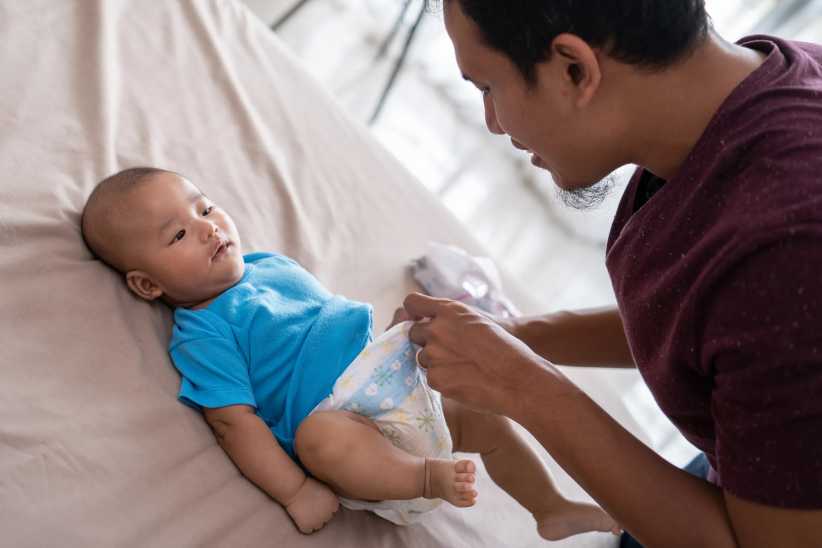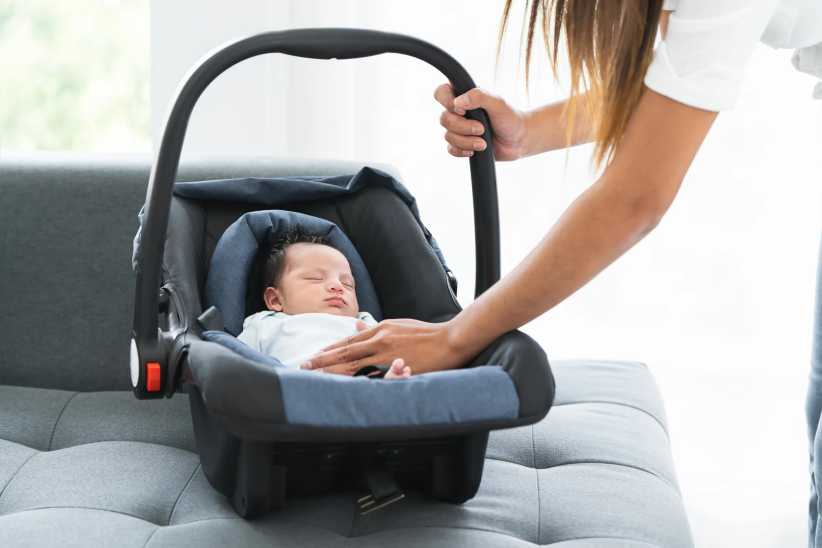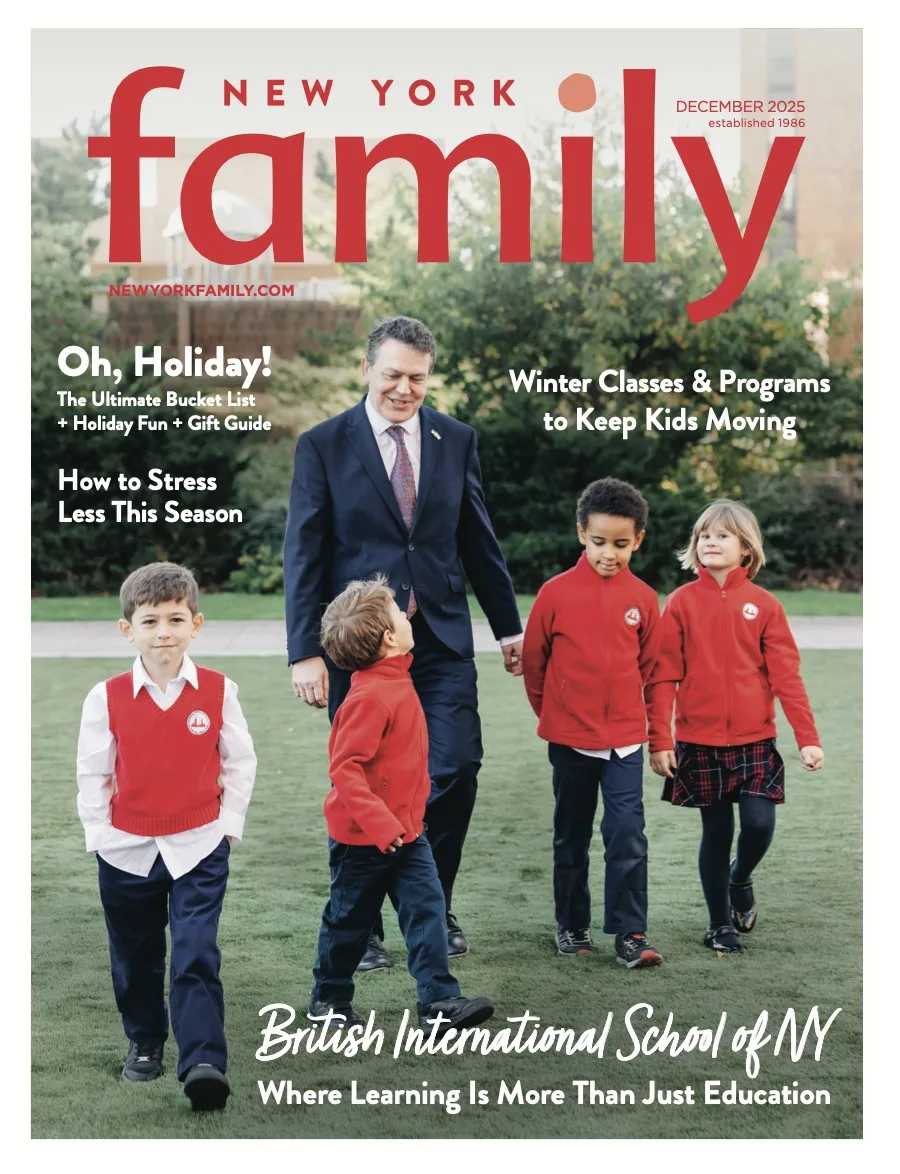 Sleep: Some of us constantly crave it while some seem to be able to press on for days without it, but everyone inevitably needs a good night’s sleep. This is especially true for youngsters, whose bodies and brains are developing at lightning speed. While not enough sleep usually just means fatigue during the day for adults, children’s sleep deprivation can lead to them having more trouble cognitively and behaviorally. Sleepy children do worse academically and have more temper tantrums than well-rested kids.
Sleep: Some of us constantly crave it while some seem to be able to press on for days without it, but everyone inevitably needs a good night’s sleep. This is especially true for youngsters, whose bodies and brains are developing at lightning speed. While not enough sleep usually just means fatigue during the day for adults, children’s sleep deprivation can lead to them having more trouble cognitively and behaviorally. Sleepy children do worse academically and have more temper tantrums than well-rested kids.
According to British sleep expert Dr. Neil Stanley, kids who don’t get enough sleep are more likely to be diagnosed with Attention Deficit Hyperactivity Disorder (ADHD), because the disorder’s symptoms and those of sleep deprivation mimic one another. “Ask any parent to describe a sleep-deprived child and the characteristics are not dissimilar to ADHD,” Dr. Stanley was quoted as saying in an article for the Daily Mail. “Some children do have ADHD, but others are sleep-deprived and we are calling it ADHD.”
Despite what the slumber patterns of busy parents might suggest, sleep is a necessity, not a luxury. When good sleep habits take root during infancy, they are more likely to carry on through a child’s adult life.
Plus, once your baby learns to sleep, you’ll be better rested and more ready to take on the challenges and experience the joys of parenting. We spoke to four baby sleep experts and got the scoop: Here are the top five things you need to know about how your baby sleeps.
An Independent Baby Is A Well-Rested Baby
When you begin sleep training—that is, teaching your baby to sleep well and independently—the end goal is singular: Self-soothing (the ability to fall asleep unaided by mom or dad).
“Give them the independence to fall asleep,” advised Brooke Nalle, a children’s sleep coach at Sleepy on Hudson. “If you have to guide them there, that’s fine.” Adding that whatever your baby is doing when he falls asleep—feeding, rocking, listening to a lullaby—“invariably, you will have to repeat that process at some time in the night.”
“Think about the type of experience you want to have if your child wakes up in the night,” she says, “And that’s how you want to set them up at bedtime.” This means that ideally, your baby will fall asleep with things they can use to soothe themselves on their own—like a blanket or teddy bear, for example—not something need you to provide.
“Avoid anything that’s on a timer,” suggested Dr. Whitney Roban, a pediatric sleep consultant and founder of Sleep-Eez Kidz, noting that timed sleep aids can cause your baby to become overly dependent on them for sleep.
The importance of independently falling asleep is further underscored in the subject of feeding before bedtime. “The goal is that they don’t fall asleep on the bottle or while you’re breastfeeding,” Roban explains. “You want to put them down awake so that they learn to fall asleep on their own.”
Additionally, it’s worth taking into account that waking up periodically in the night is normal for people of all ages. “When you’re baby is ready to sleep for longer periods of time, it doesn’t necessarily mean that they’re not going to open their eyes in the middle of the night,” says Conner Herman, founder of child sleep consultants Dream Team Baby. “It just means that they have to learn that the falling-asleep process happens in their bed, not in their parent’s arms.”
Consistency is Key
Ultimately, successful sleep training is about cultivating a habit that you—and your baby—are willing to maintain. A consistent bedtime routine is crucial, more so than the specific sleep training methods you use. There is potential to make any sleep training method work if you practice it with consistency, Roban explains.
“Choose a bedtime that you can stick with every day for the next several years,” Herman says. “And keep your baby’s room environment the same, day in and day out.” Roban agrees, noting that a change in sleep environment can actually be quite scary to a child.
“Children thrive on structure, routines, and rules. It makes them feel taken care of, it makes them feel safe, and it actually reduces their anxiety,” she explains.
Roban also suggests having kids help their parents turn down the lights or close the blinds to give them a sense of control and lessen their anxiety of entering a foreign environment. Contributing to creating the sleep environment will help little ones feel that sleep is something natural to be doing on their own.
Babies Can Actually Be Too Tired to Sleep
Learning to sleep is just like learning anything else: Exhaustion makes it even more difficult to grasp. Believe it or not, a baby will actually have more trouble falling asleep (and more importantly, more trouble learning to sleep) when he’s overtired.
“Everyone fights sleep when they’re overtired; the adrenaline kicks in and makes it harder to sleep,” explained Natalie Navares, founder of, and sleep coach at, Mommywise, a support system for new parents. Since children can be quite skilled at hiding their fatigue, enforcing a developmentally appropriate sleep schedule is essential, according to Roban.
But just what does a developmentally appropriate sleep schedule entail? A bedtime between 6pm and8pm, 12 solid hours of sleep per night, and roughly three hours of naptime throughout the day is generally the norm for a young, healthy child.
“Day sleep affects night sleep and night sleep affects day sleep,” Roban notes, “so naps are super important.” Plus, if the clock strikes 8pm and your little one still seems to have endless energy, she warns not to fall for it. “A hyperactive, excited child at 6-8pm is most likely actually overtired or sleep deprived,” she says.
One Size Does Not Fit All
There’s no way around the fact that no one method will work for every child, but rest assured (pun intended), there is a method out there that eventually will for your bundle of seemingly boundless alertness. You’ve probably heard about countless methods—from the “cry it out” tactic to timed intervals of comfort and inching a chair farther and farther away from the crib each night—but is there a “best” method?
“The best method is one that the parent feels comfortable with,” Nalle says. “There’s not a right or wrong way.” In fact, pre-established “methods” might not be the best solution for your family at all.
Nevares actually believes that most, if not all, so-called sleep training methods or systems don’t truly work, because they’re not designed for any particular baby. “I encourage parents to really look at their baby, erase everything they’ve learned about what they should or shouldn’t do, and figure out what’s going to work for everybody,” she advises.
It’s Never Too Late to Start
Think you’ve missed the boat on teaching your “older” toddler new tricks for hitting the hay? Don’t give up hope! Children of any age over four months can learn to improve their sleep cycles. According to most pediatricians, a child should be four months old, weigh 14 lbs, and feel totally healthy before proper sleep training can work. Cognitively, a baby’s brain is not developed enough before they’re four months old to learn to sleep through the night, and physically, they’ll need to wake periodically to feed. At four months, according to Herman, the baby starts to gain an understanding of what’s happening and can effectively learn to sleep.
“[The period] between four and six months is a time of tremendous learning for a baby,” Nalle says. With lots of learning, they start to pick their sleep associations. Even if a baby is developmentally ready for sleep training, she might not necessarily be ready to sleep through the night, and parents can rest easy knowing that that is totally normal. No matter what, every baby can find their own unique path to a night of sweet dreams.












